#GrandPrix
Junkyard Find: 1976 Pontiac Grand Prix LJ
From the time John DeLorean and his Pontiac co-conspirators created the 1962 Grand Prix until the very last W-Body Grand Prix appeared a couple of years before Pontiac's demise, millions of North American car shoppers eagerly purchased the affordable sportiness of the Grand Prix. Today's Junkyard Find is an example from the very pinnacle of Grand Prix sales, found in pretty decent condition in a Colorado self-service wrecking yard.
Rare Rides Icons: The History of Stutz, Stop and Go Fast (Part XVII)
We’re back again with more Stutz history, and our coverage of the bric-a-brac produced by the Stutz Neoclassical company as complementary offerings to two-doors like the Blackhawk, Bearcat, and Bearcat II. In our last entry, we covered the Duplex, a sedan that (unsuccessfully) wore Blackhawk styling. Based either on a Pontiac or a Cadillac, the Duplex was the ultimate production version of the Ministeriale prototype sedan built by Carrozzeria Padane.
With an astronomical ask of $32,500 ($251,312 adj.) circa 1970 and styling that hadn’t translated well into a sedan, the Duplex was a non-starter. Just one was ever made, and it was sold to a criminal in Utah. But that didn’t deter CEO James O’Donnell, who was insistent a Stutz sedan was viable. A few years later there was another Stutz sedan presented: IV-Porte.
Rare Rides Icons: The History of Stutz, Stop and Go Fast (Part XVI)
We return to our long-running Stutz historical coverage today, with a few of the odds and ends vehicles that were never the headliners of Stutz’s brand portfolio. During the Seventies and Eighties, the Blackhawk and targa roof Bearcat funded some other fun ideas that occupied the thoughts of company CEO James O’Donnell.
In our last entry, we covered what was perhaps the strangest offering of the latter Stutz entity, a C/K era Suburban that concealed a mounted machine gun in its interior. The armored SUV was subsequently turned into a gun-free dictatorial parade sedan with targa roof, and a trunk. The be-trunked Suburban also donated its shape to an upright regular sedan and six-door funeral transport.
And while the Stutz Suburban takes were intended for foreign heads of state for security and coup d’etat purposes, the Stutz sedans were directed at the company’s more traditional American customer: Someone who feared no peasant uprising but did enjoy flashy styling and lots of elegance. Introducing the Duplex.
Rare Rides Icons: The History of Stutz, Stop and Go Fast (Part XV)
Last time in our tale of Stutz the company finally realized its dream of a true convertible, the Bearcat II. The original product dream of CEO James O’Donnell, the Bearcat II went on sale in 1987. Though the company’s fate was pretty much sealed by that time, Stutz had its heyday of models circa the early Eighties. Spoilers: Machine guns were involved.
Rare Rides Icons: The History of Stutz, Stop and Go Fast (Part XIV)
We return to our coverage of the reborn and neoclassically-focused Stutz Motor Company today, at a point of considerable change in the company’s model portfolio. “Portfolio” may be a bit generous, but for a few years the company did produce a handful of different models.
Since Stutz was relaunched in 1970 its main offering was the Blackhawk coupe, in both its original 1969 Pontiac Grand Prix basis and downsized B-body Pontiac Bonneville basis. But Stutz CEO James O’Donnell always wanted a true convertible in the Stutz lineup. That wish was finally realized with the Bearcat II.
Rare Rides Icons: The History of Stutz, Stop and Go Fast (Part XIII)
We pick up the Stutz story once again today after we reached the conclusion of the neoclassical Blackhawk coupe’s life in 1985. The coupe that sold so well in the Seventies with its exaggerated Exner styling was watered down considerably in the Eighties when it switched from its original 1969 Pontiac Grand Prix roots to those of a 1980 two-door Pontiac Bonneville.
However, even though the Blackhawk was the headline and best-known product from the Stutz neoclassical company, it was not the only car in the portfolio. First up: the Bearcat.
Rare Rides Icons: The History of Stutz, Stop and Go Fast (Part XII)
In our last entry in the Stutz saga, we covered the final few years of the Blackhawk that originated in 1971. Through various trim transformations and minor updates, the ’71 lived all the way through the 1979 model year. That final year it was also transformed into the very rare Bearcat targa convertible. But the winds of change were blowing: Detroit downsizing was already well underway, and Stutz was out of 1969 Pontiac Grand Prix platforms to use. The incredibly expensive Blackhawk sold roughly 350 examples in its first generation.
Because of domestic market downsizing, the contemporary G-body Grand Prix of 1980 wasn’t large enough for Blackhawk purposes. Instead, Stutz turned to the B-body platform, and specifically the Pontiac Bonneville’s two-door variant. And though it was marketed as a coupe by GM, the roofline was so formal your author would file it as a two-door sedan. In any event, the new hardpoints of the Bonneville meant considerable visual changes on the 1980 Blackhawk coupe.
Junkyard Find: 1990 Pontiac Grand Prix Turbo Coupe
The Pontiac Grand Prix started life as a sporty hardtop coupe version of the full-size 1962 Catalina, then spent the 1969 through 1987 model years as a midsize rear-wheel-drive sibling to the Chevy Monte Carlo. For 1988, the Grand Prix moved to the brand-new front-wheel-drive W platform, immediately winning Motor Trend’s Car of the Year award and carrying on John DeLorean’s tradition of affordable personal luxury cars with a rakish bad-boy-in-a-suit image. Here’s an ultra-rare example of the most expensive Grand Prix available for 1990, found in a Denver-area self-service yard last month.
Rare Rides: Grand Prix's V8 Finale, the GXP From 2005
The Pontiac Grand Prix was a long-term staple in Pontiac’s lineup, a Driving Excitement alternative to the Buick and Chevrolet cars with which it shared its various platforms. Though it faded from its initial personal luxury prominence, Grand Prix had one final V8 hurrah at the end of its life. It was a sort of return to form after many years with a maximum of six cylinders. Let’s check out some GXP goodness.
Buy/Drive/Burn: V6 Midsize American Sedans of 1997
We continue our 2007 and 1997 sedan series with its fourth installment. We’ve covered V6 Japanese sedans from two different decades, as well as American-branded entries from 2007. Today we step back to the midsize V6 sedan class of 1997. The Big Three beckon you with medium build quality, equipment, and value for money in a midsize sedan; a segment in which only GM deigns to participate in 2020. Let’s go.
Rare Rides: The 1981 Lotus 87 Formula One Car, in Black Gold
While the Rare Rides series has featured a few Lotus vehicles in past, none of them rose quite to the importance of today’s single-seat example. A one-of-one, it’s the car Lotus used in the 1981 Formula One racing series.
And now you can buy it, and drive it on quick jaunts to Target or Cracker Barrel.
Rare Rides: The 1986 Pontiac Grand Prix 2+2, Not Actually Named Aerocoupe
Rare Rides: Aggressive Luxury With the 1977 Pontiac Can Am
Rare Rides reviews another Pontiac today. And much like the recently featured Bonneville, it’s large and in charge, from the Seventies, and has two doors. Let’s see how much horsepower the 1977 Can Am gained through stickers and spoilers.
QOTD: What Weird Car Are You Always Happy To Find?
No, this isn’t one of those “one weird thing” clickbait-style posts. You know us better than that.
This morning, we’re asking about weird cars you enjoy finding in any condition. You know what we mean: the cars that appeal to you (probably only you) when they randomly appear amongst the detritus of life.
Given that lead photo, you know where the majority of my Kryptonite is found.
Buy/Drive/Burn: Mediocrity Personified in Sedans of 1996
You’ve seen all of today’s contenders before on the roads, likely more times than you can count. Forgettable because of how middling they were, hundreds of thousands were sold.
Which one would you actually buy with your own money?




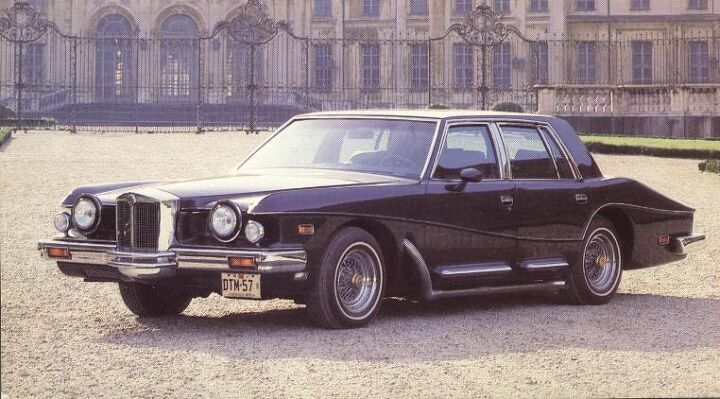
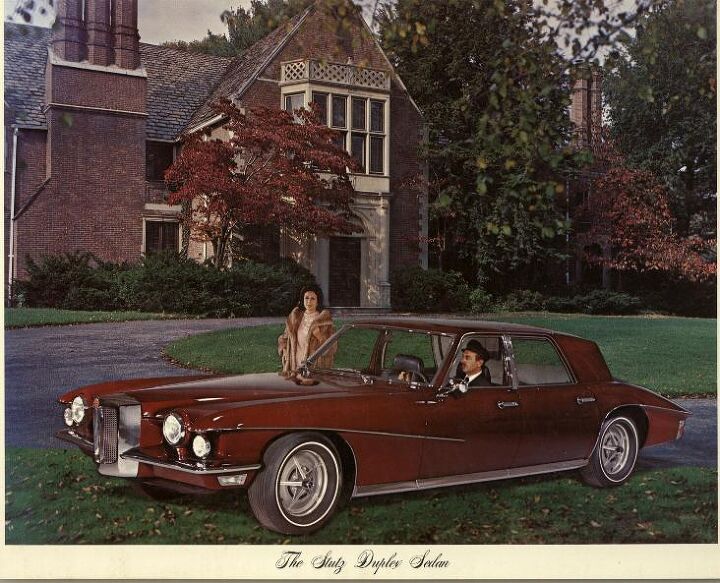

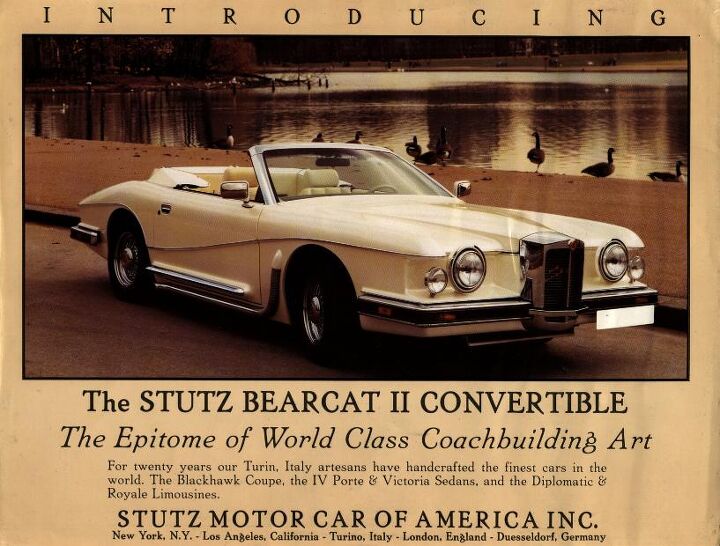
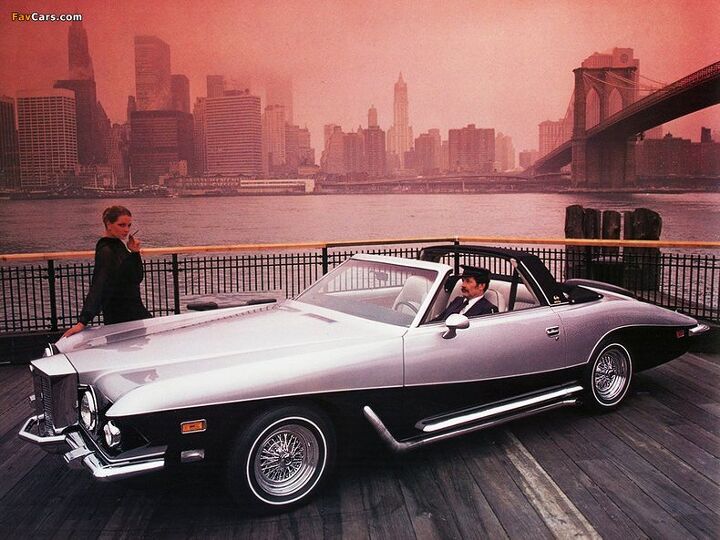
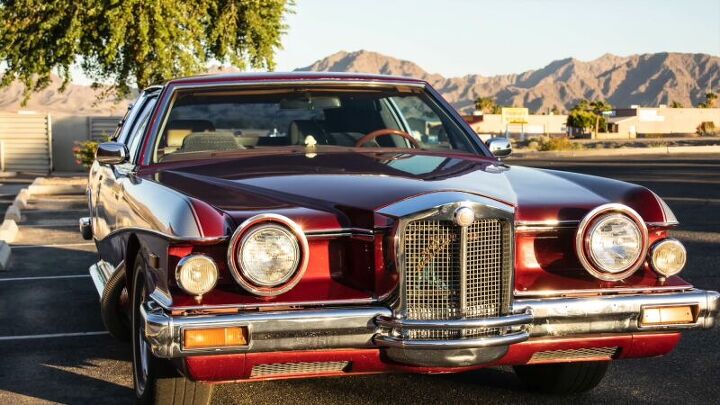
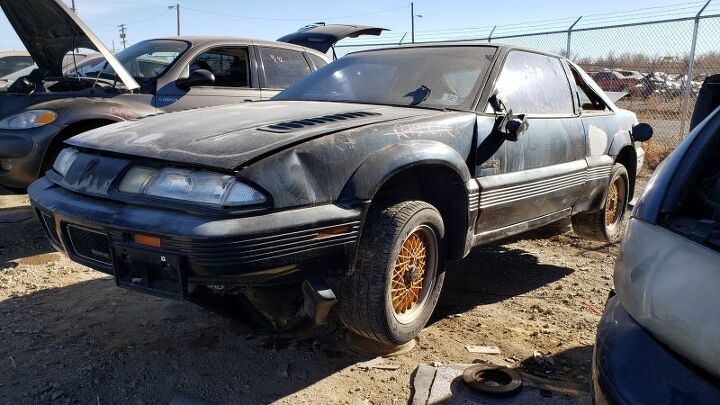
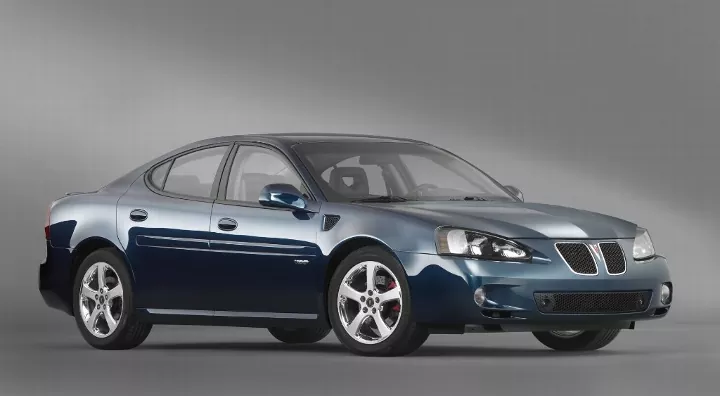
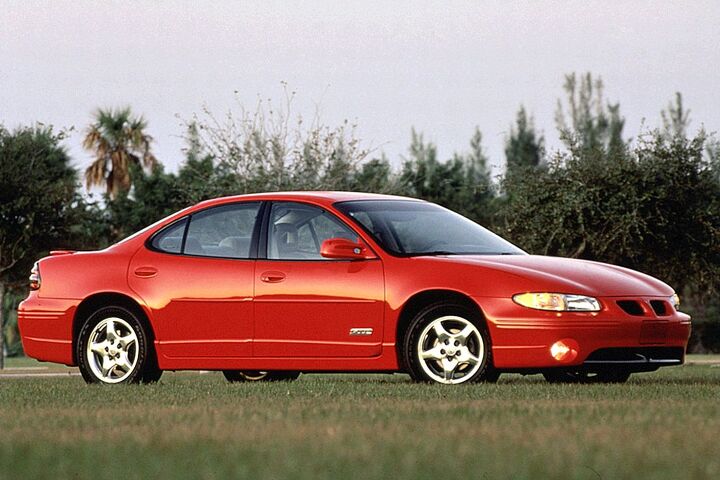




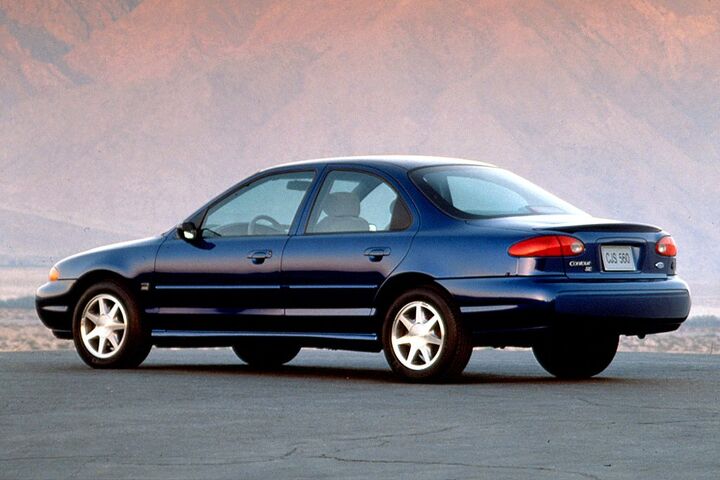












Recent Comments